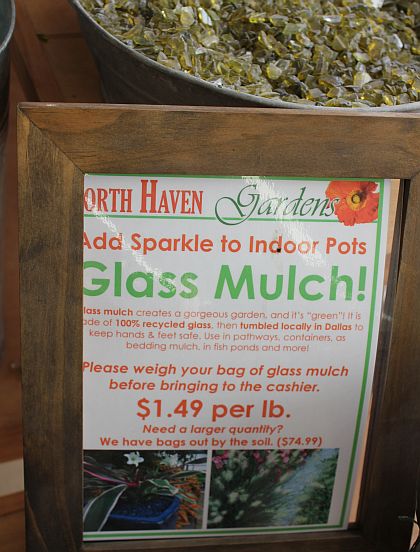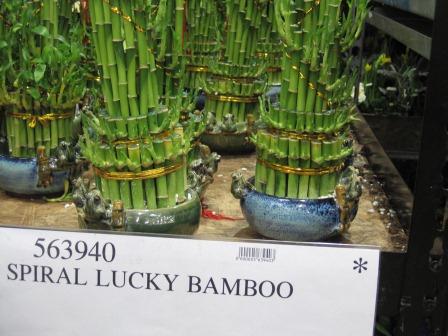
It sounds like a B-grade horror movie. Millions of earthworms, moving silently beneath soil, wreaking havoc until the entire planet is uninhabitable. Sound a little far-fetched? Not to ecologists that study northern hardwood forests. While most of us grew up thinking earthworms were ubiquitous, turns out they are not native in parts of North America that were covered with ice during the last glacial period. Most of us also grew up thinking that earthworms where the good guys/girls (they’re hermaphroditic), churning up compacted soil and leaving nutrient-rich castings behind. In many northern hardwood forests, however, exotic earthworms, have become invasive and ecologists believe they are having profound effect on ecosystems.

I have to admit I hadn’t paid that much attention to the invasive earthworm issue but I attended a seminar last week by Dr. Lee Frelich, Director of the Center for Forest Ecology at the University of Minnesota. Dr. Frelich’s seminar touched on several areas of research, almost all of it extremely depressing, related to climate change and invasive species. He and his colleagues have documented significant changes in soil ecosystem processes and plant succession associated with increasing populations of earthworms. Nightcrawlers, in particular, cause a lot of problems because they consume fresh leaf litter causing it to decompose at a much faster rate compared to un-invaded ecosystems. The net result of these soil changes is that few trees or shrubs can reproduce in the understory. Over time this may lead to a very different looking forest than exists there today.

Of course, we may end up with a very different forest in any event, given some of the climate change scenarios Dr. Frelich presented. One worst-case model predicted the climate of the Boundary Waters area of Minnesota would resemble that of present-day Oklahoma City by the end of the century. But I try not to worry; I figure by that point I’ll be food for the earthworms anyway.
For more info on the earthworms that ate Minnesota, check out these links, if you dare…
http://www.scientificamerican.com/article.cfm?id=invasive-earthworms-denude-forests
http://www.dnr.state.mn.us/invasives/terrestrialanimals/earthworms/index.html










